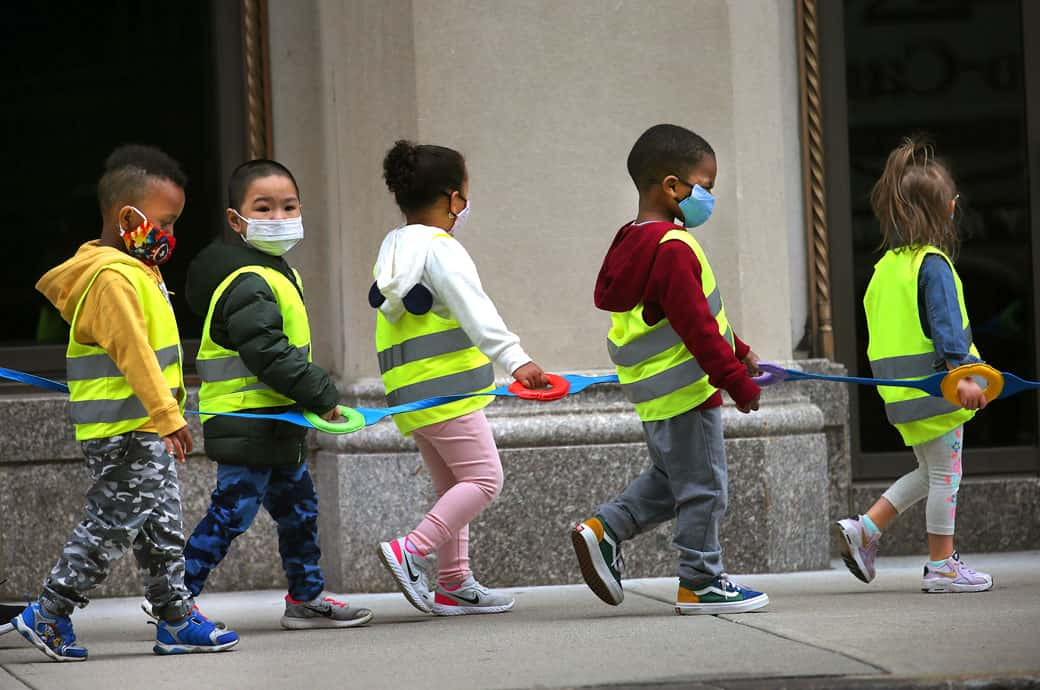Child care in the United States has long been plagued by affordability and accessibility issues, with the average cost exceeding $10,000 annually for parents.

Child care funding, a critical lifeline for American families, faces an uncertain future as pandemic-era support nears its end
Moreover, over half of the population resides in areas with inadequate child care funding facilities, often referred to as “childcare deserts.” The situation is poised to worsen in the coming months as federal childcare investment is set to sharply decline after September 30, marking the expiration of pandemic relief funds that stabilized the sector over the last two years. Experts predict that this funding cutoff could lead to the closure of 70,000 programs and the loss of more than 3 million childcare spots, according to The Century Foundation.
The $24 billion Child Care Stabilization Program, a part of the American Rescue Plan of 2021, offered crucial support to over 220,000 child care funding programs, benefiting as many as 9.6 million children. This assistance covered expenses like staff salaries, rent, utilities, and personal protective equipment for more than 80% of licensed childcare centers nationwide.
Additionally, the Child Care and Development Block Grant received a boost of $15 billion under the American Rescue Plan, helping low-income families afford child care. However, this funding is slated to expire in September 2024.
As these vital funds dwindle, child care funding providers may face the difficult choice of increasing staff wages (resulting in higher costs for parents) or reducing salaries, exacerbating the industry’s existing workforce shortage.
The Child Care Stabilization Program’s conclusion is expected to lead to an additional loss of 232,000 jobs as employees seek more financially rewarding opportunities in other sectors
Childcare workers currently earn an average of $14.22 per hour, far less than many other professions, including preschool teachers, food and beverage servers, retail sales workers, and animal caretakers. This income disparity, coupled with the imminent funding cutoff, threatens the stability of the childcare workforce.
The repercussions of diminishing child care funding extend beyond the sector itself. Parents, struggling with higher costs and reduced accessibility, may be forced to reduce their working hours or leave their jobs to care for their children. Consequently, states are projected to lose $10.6 billion in economic activity annually.
To avert a childcare fiscal cliff on September 30, Democratic lawmakers are advocating for an additional $16 billion in annual investment. Several states have taken steps to bolster childcare financing, while others are exploring public-private partnerships to share child care funding costs among families, employers, and the state.
As the nation grapples with the childcare crisis, questions about reforming the broken childcare business model, and determining fair contributions from families, the public, businesses, and communities remain unanswered. The path forward is uncertain, but the need for sustainable child care funding is undeniable.
READ ALSO: Janani Ramachandran Leads Discussion On Wildfire Insurance Challenges In California




